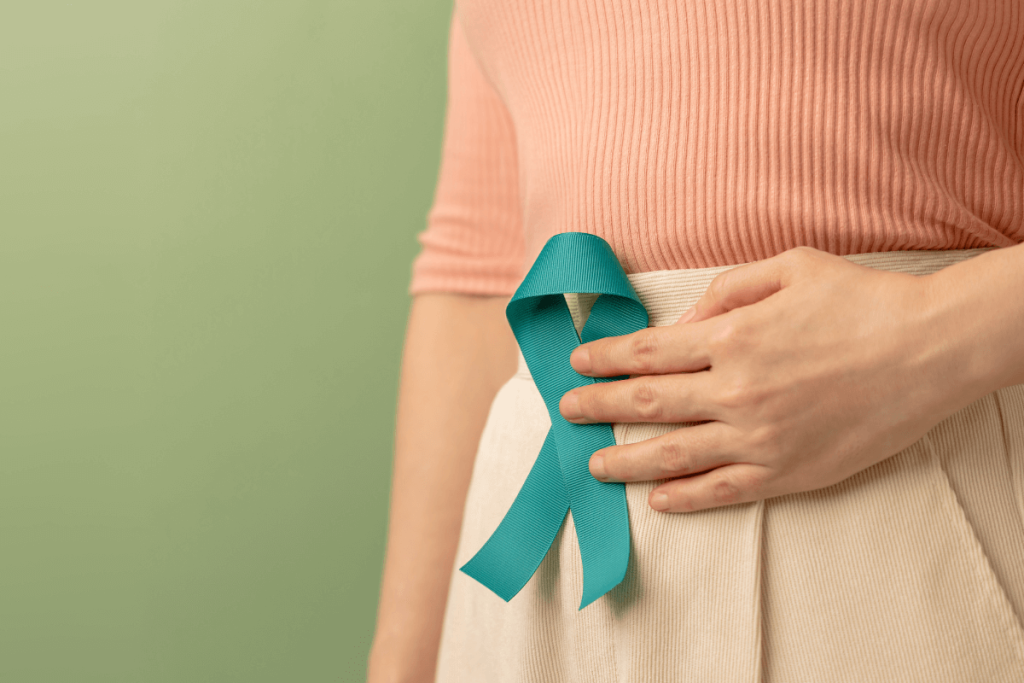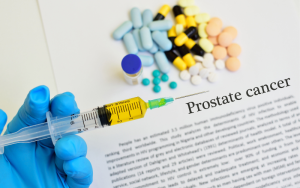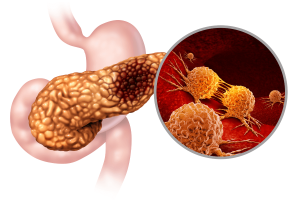
Cervical cancer ranks fourth among the most common cancers in women globally. Incidence has declined in developed nations due to cytological screening, but remains high in low-income countries (LICs). Screening is cost-effective, detecting precancerous changes early and preventing invasive disease. United States (U.S.) guidelines recommend cytology every 3 years for women aged 21-29 years with cytology or human papillomavirus (HPV)-based strategies for those aged 30-65 years, and discontinuation after 65 if results are consistently negative. The coronavirus disease 2019 (COVID-19) pandemic disrupted preventive services, widening disparities in minority groups.
A recent population-based study published in PLOS Global Public Health aimed to investigate the nationwide changes in cervical cancer screening adherence and HPV vaccination awareness before and after the pandemic.
National Cancer Institute’s Health Information National Trends Survey (HINTS) data were used in this cross-sectional study between March and August 2024. Women aged 21-65 years without cervical cancer history (2019: n = 1905, mean age = 44.5±12.6 years; 2022: n = 2194, mean age = 44.4±12.5 years) were included. Screening adherence was measured based on self-reported Papanicolaou (PAP) smear timing, with non-adherence defined as the last screening more than 3 years ago. Knowledge of HPV vaccination was also assessed. Covariates included healthcare visit frequency, age, education, and ethnicity/race. The multivariable Poisson regression model was used to measure associations with HPV knowledge and non-adherence. Statistical analyses were performed with Stata version 16.1.
In 2019, 19.2% (95% confidence interval [CI]: 16.3, 22.5) of women were non-adherent to screening, which increased to 25.8% (95% CI: 22.9, 29.1) in 2022. The largest rise was observed among Black women, with non-adherence increasing by 13.9% (95% CI: 12.0, 15.2) compared to Whites by 5.6% (95% CI: 5.4, 5.6).
HPV vaccine awareness declined post-pandemic, particularly among younger women. In 2019, 11.6% (95% CI: 6.8, 19.3) of women aged ≤26 years were unaware of the vaccine, rising to 23.6% (95% CI: 13.0%, 38.9%) in 2022. Among women aged >26 years, unawareness increased slightly from 19.8% (95% CI: 16.9, 23.1) to 21.5% (95% CI: 18.2%, 25.2%). All these results showed no statistical significance.
In stratified analysis, increased awareness of 2.5% among White adults was observed, whereas decreased awareness of 9.4% among Black adults was observed. Black women (Prevalence ratio [PR] = 2.51 [95% CI: 1.62, 3.89]; compared with White) and those with lower education (PR = 2.55 [95% CI: 1.70, 3.83]; less than school versus college graduate or higher) were significantly more likely to be unaware of the HPV vaccine. Older age (PR = 1.02 [95% CI: 1.005, 1.03]; per one year older) and lower education (PR = 3.31 [95% CI: 2.08, 5.27]; less than school versus graduate or higher) consistently predicted lack of awareness, with disparities persisting during 2022.
This study’s limitations include potential bias from self-reported data, unavailability of HPV testing, missing intermediate pandemic years, underrepresentation of younger women, exclusion of institutionalized populations, and imperfect measurement of knowledge.
In conclusion, this study found that non-adherence to cervical cancer screening rose post-pandemic, particularly among Black women and those with lower levels of high school education. Addressing the barriers through targeted education and improved healthcare access is essential to promote equitable screening.
Reference: Bilalaga MM, Gaddipati G, Devkota A, et al. HPV knowledge and non-adherence to cervical cancer screening before and following the COVID-19 pandemic in the United States. PLOS Glob Public Health. 2025;5(9):e0004800. doi:10.1371/journal.pgph.0004800













